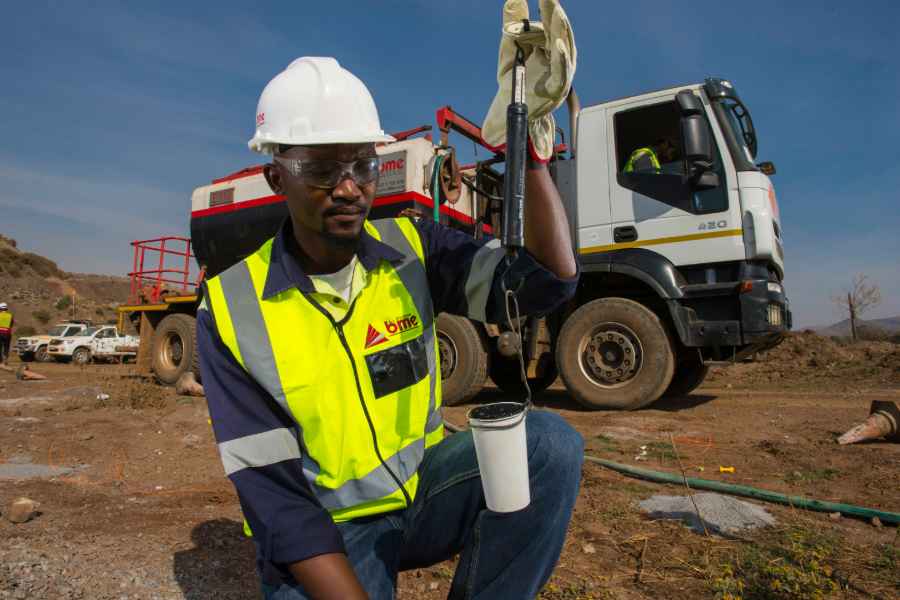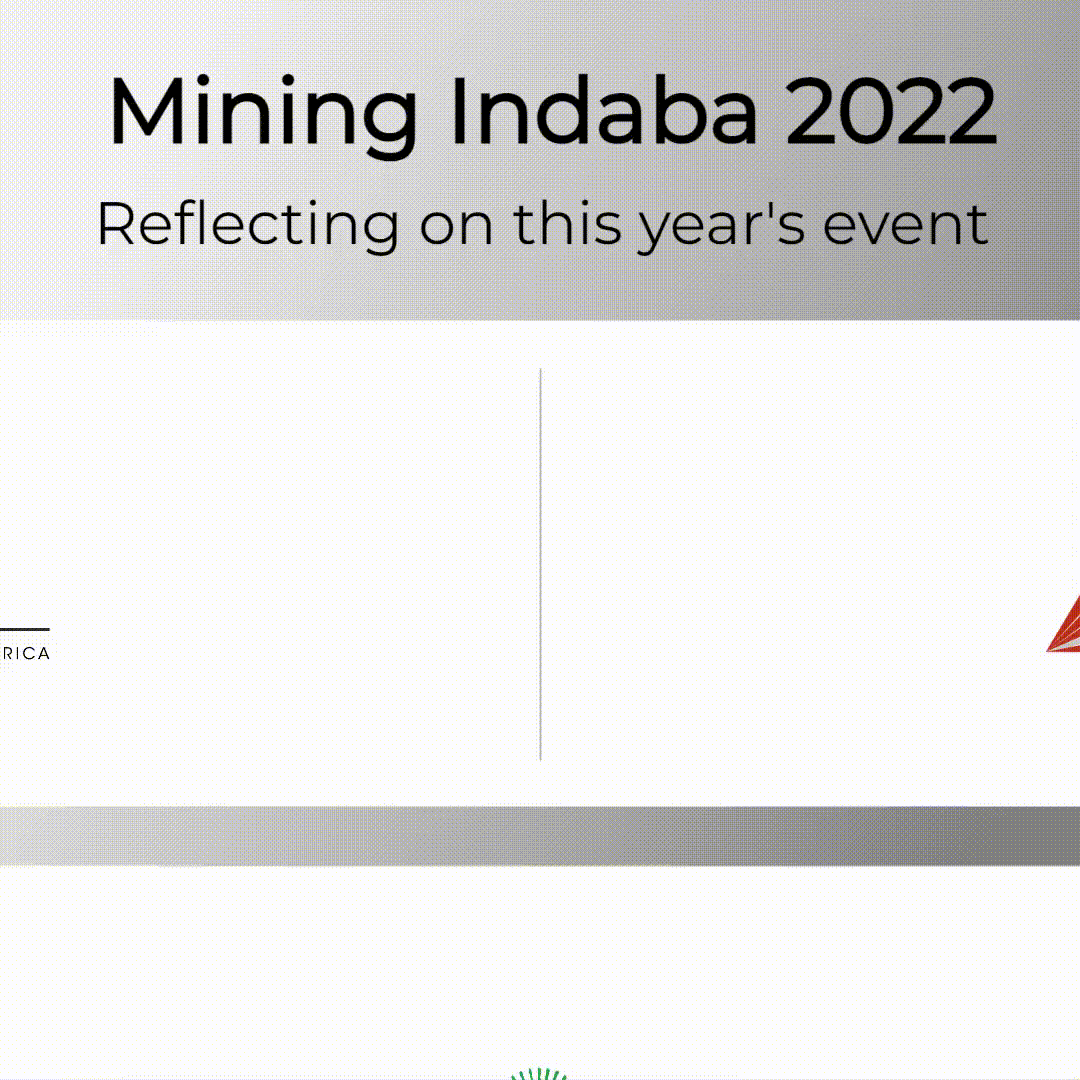Rock that reacts with emulsion explosives can cause real headaches for blasting personnel, but BME’s double-edged solution allows customers to quickly identify reactive ground and apply the appropriate product.
Rock that reacts with emulsion explosives can cause real headaches for blasting personnel, but BME’s double-edged solution allows customers to quickly identify reactive ground and apply the appropriate product.
“Among the range of cold emulsions we have developed over the past 30 years is a product suitable for use in reactive ground – an emulsion that is not affected by the sulphides encountered under such conditions,” said BME general manager (South Africa) Albie Visser.
The problem of reactive ground is often encountered when drilling in shale overburden on coal deposits and in the coal seams themselves. Fine sulphides created by drilling can dissolve in the water in the drill-hole, raising its acidity. This acidic water can in turn react with normal emulsion explosive, causing it to heat up and potentially risk the performance of the blast – perhaps even resulting in unplanned detonation.
The first prong of BME’s response was therefore to develop an emulsion that would not react under these conditions, further enhancing the safety of the blast environment. Emulsion products already boast a safety advantage, as they are not explosive until sensitised in the drill-hole; up to that point, their status as a 5.1 oxidiser makes them safe to transport and handle.
“To establish whether there is reactive ground on the drill site, our customers must be able to test the ground conditions, but sending material for testing can be time-consuming,” said Visser. “So the second prong of our solution is a service that saves customers valuable time; we have developed our own in-house ‘tech-truck’, which includes mobile laboratory facilities that can be employed on site for testing of the ground to be blasted.”
The BME team first conducts a visual inspection of the site, applying their extensive experience of blasting in a range of different conditions. The possibility of reactive ground can often be indicated by white patches around the drill holes – resulting from the high acidity of water dissolving the sulphide fines.
“If we suspect that the ground may be reactive, the tech-truck can be brought in to conduct laboratory testing on site,” he said.
Results from these tests can indicate where reactive ground may present challenges, avoiding the risk of discovering the problem only after the emulsion has been pumped into the drill holes. This ensures that blast planning schedules are met and production is not delayed by unforeseen blast-related challenges.
BME’s innovative ‘portable laboratory’ has been developed based on research by universities in South Africa and Australia, to design and verify a testing procedure that is effective for dealing with reactive ground.
“Working with this research gives us even more confidence in our offering, and provides peace of mind for customers that our technology and processes are rigorously assessed to scientific standards,” said Visser.
BME’s experience of developing, manufacturing and testing emulsions in the field have allowed the company to engineer a site-specific emulsion for every customer’s particular conditions and blast outcomes, he said.





